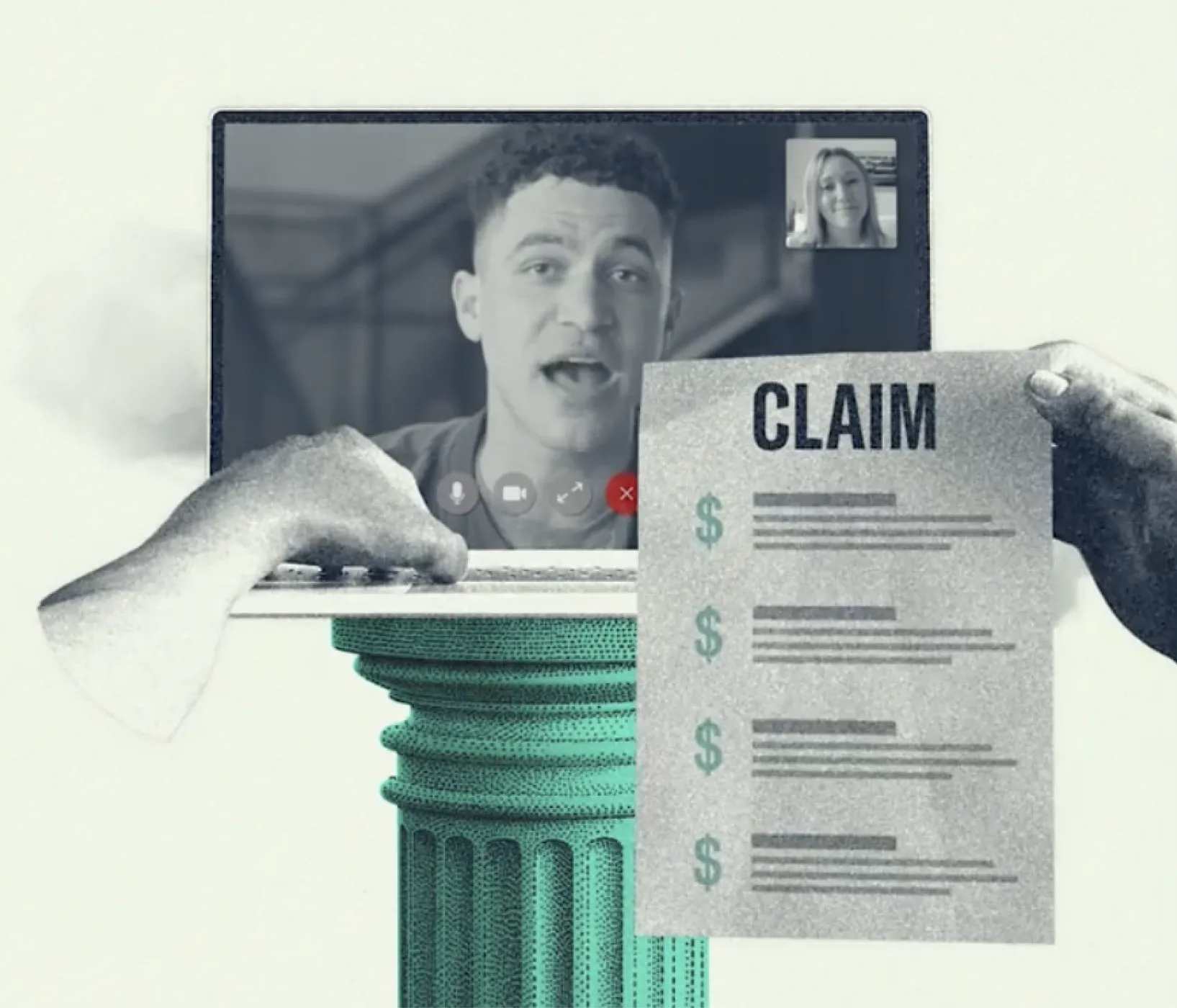How much does errors & omissions insurance cost?



For businesses built on expertise, like consultants, software developers, advisors, agencies, or engineers, a single mistake or missed deadline can spark a costly lawsuit. That’s why Errors & Omissions (E&O) insurance is a must-have. It covers legal defense, settlements, and judgments if a client claims your work caused them financial harm.
But how much does E&O insurance actually cost? The short answer: it depends on your industry, operations, and risk exposure. Below, we’ll break down what influences premiums, how pricing is calculated, and what you can do to manage costs strategically.
How Much Errors & Omissions Insurance Costs
No two E&O policies are priced the same. Insurers calculate your premium based on a mix of business characteristics, including what you do, how you operate, and how much coverage you need. Here are the biggest factors that shape your cost.
Industry and Professional Risk
Your line of work has the biggest impact on your premium.
- Low-risk industries like marketing, design, or administrative consulting typically pay less.
- Higher-risk sectors — such as technology, finance, healthcare, and engineering — tend to pay more because their work can cause larger financial losses if something goes wrong.
For example, a graphic design agency might pay around $50 per month, while a fintech or life sciences firm could pay several hundred. The difference reflects potential claim severity, not just frequency.
Business Size and Revenue
The more clients you serve, contracts you sign, or employees you manage, the higher your exposure to potential mistakes.
A one-person consultancy may pay less than a firm with 50 employees and hundreds of client deliverables each year. Insurers often use revenue and headcount as indicators of how much risk your operations create.
As your company scales, expect your premiums to grow relative to your total revenue.
Coverage Limits and Deductibles
Your policy limit represents how much your insurer will pay for claims. Higher limits cost more, but they also offer broader protection.
A small and mid-sized business might choose $1 million per claim and $1 million aggregate to satisfy most contracts and provide solid peace of mind. Meanwhile, if you work with enterprise clients or in regulated industries, you may need higher limits ($2M–$5M).
Deductibles — the amount you pay before insurance kicks in — also affect pricing. A higher deductible can lower your premium, but make sure it’s an amount you can comfortably afford out of pocket.
Claims History
Insurers review your company’s loss history when determining rates. If you’ve had previous E&O claims, especially large or frequent ones, your premiums will likely increase.
Conversely, maintaining a clean record shows strong risk management, often qualifying you for preferred pricing or credits. Implementing quality control and clear client contracts can help you stay claim-free and manage costs long-term.
Location and Legal Environment
Where your company operates can subtly influence cost. States with higher litigation rates (like California, New York, or Florida) or stricter regulations may carry higher premiums.
Some states also require specific E&O minimums for licensed professionals (such as real estate brokers or financial advisors), which can affect pricing.
If you operate remotely or in lower-risk regions, your premiums may be lower, though the difference is usually modest.
Type of Clients and Contracts
Enterprise clients, government contracts, or regulated industries often demand higher E&O limits, and that means higher premiums.
However, those same contracts can drive business growth and signal credibility. Think of the added cost as an investment. E&O coverage doesn’t just protect you; it often opens doors to new deals and partnerships.
Policy Scope and Endorsements
The broader your coverage, the higher your premium.
For example, adding endorsements like Cyber Liability, Intellectual Property, or Media Liability protection expands what’s covered and adds incremental cost.
Vouch can bundle Tech E&O and Cyber coverage under one seamless policy, saving time and simplifying renewals while often keeping pricing competitive.
How to Manage and Reduce Your Premium
E&O insurance is one of the highest-value coverages a business can buy, but there are smart ways to manage what you pay.
1. Review Coverage Annually
Your risk profile changes as you grow. Reviewing coverage once a year ensures your limits, endorsements, and deductibles still fit your current operations.
2. Bundle Policies
Buying multiple coverages, like E&O, general liability, and cyber, from the same provider often earns a multi-policy discount and simplifies renewals.
3. Maintain Strong Contracts
Use clear scopes of work, limit-of-liability clauses, and written change approvals. Insurers view these as signs of professionalism, which can positively impact rates.
4. Emphasize Risk Controls
Demonstrate internal review processes, QA checks, or client sign-offs. Documented procedures show insurers you actively prevent errors.
5. Choose a Sensible Deductible
Raising your deductible slightly can lower your premium. Just make sure you can cover it comfortably in case of a claim.
Why Errors & Omissions Insurance Is Worth the Cost
Even one lawsuit — justified or not — can cost tens or hundreds of thousands to resolve. According to industry data, most E&O claims arise from ordinary business activities: missed deadlines, communication breakdowns, or simple oversight.
E&O insurance ensures you have a defense team and financial backing when things don’t go as planned. For founders and SMB owners, it’s not just about risk transfer — it’s about stability, credibility, and trust.
Clients, investors, and partners increasingly see E&O coverage as a sign of operational maturity. It’s the kind of protection that enables you to focus on growth, not litigation.
Frequently Asked Questions
Is E&O insurance expensive?
How much you’ll pay depends on factors of your company and industry. Typically the value E&O insurance provides far outweighs the potential cost of even one claim.
Can I reduce my premium without losing protection?
Yes. Bundling policies, maintaining a clean record, and choosing a reasonable deductible can all lower costs.
Do premiums go down over time?
They can. A consistent record of no claims and sound risk management, along with market conditions, can lead to more favorable renewals.
Are startups eligible for affordable E&O coverage?
Absolutely. A modern broker like Vouch offers right-sized coverage that meet your specific needs.
Does the cost change if I add more employees or clients?
Yes, but typically in proportion to your growing exposure. It’s smart to reassess your coverage after major milestones like funding rounds or large client wins.
Vouch Specialty Insurance Services, LLC (CA License #6004944) is a licensed insurance producer in states where it conducts business. A complete list of state licenses is available at vouch.us/legal/licenses. Insurance products are underwritten by various insurance carriers, not by Vouch. This material is for informational purposes only and does not create a binding contract or alter policy terms. Coverage availability, terms, and conditions vary by state and are subject to underwriting review and approval.




